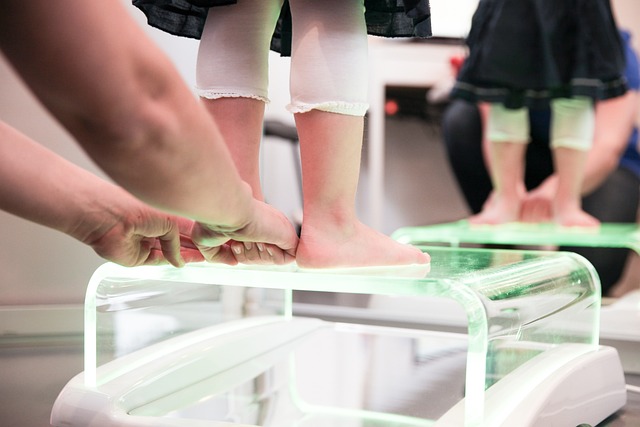Did you know 60% of seniors worry about healthcare costs? You’re not alone. If you’re grappling with physical therapy bills, there’s a little-known solution you might’ve overlooked: reverse mortgages. This financial tool can turn your home equity into a lifeline, helping you manage those hefty costs. So, don’t let worry steal your peace of mind. Explore the relief that reverse mortgages can bring to your health and your wallet.
Key Takeaways
- Reverse mortgages can provide a steady stream of income to help manage physical therapy costs.
- Repayment of a reverse mortgage is required when the home is sold or the borrower moves out or dies.
- AmeriVerse Reverse Mortgage can provide immediate financial relief for physical therapy expenses.
- It is important to weigh all options and consult with a financial advisor when considering a reverse mortgage for physical therapy costs.
Understanding the Basics of Reverse Mortgages
You’re starting to grasp the basics of reverse mortgages, aren’t you? To delve deeper, it’s paramount to understand the mortgage eligibility criteria and tax implications. Firstly, for eligibility, you must be at least 62 years old, own your home outright or have a low mortgage balance that can be paid off at closing with proceeds from the reverse loan. Your home must also be your primary residence. Regarding tax implications, the good news is reverse mortgage payments aren’t taxable as income. However, if you sell your home, you might have to pay capital gains tax on any increase in your home’s value. It’s a complex landscape, but once you’ve navigated it, you’re equipped to explore the role of reverse mortgages in managing physical therapy costs.
The Role of Reverse Mortgages in Managing Physical Therapy Costs
In managing physical therapy costs, you’ve got to consider how reverse mortgages can be a viable financial tool for you. They can provide a steady stream of income, contributing to your financial stability while you focus on healing. However, don’t ignore the mortgage implications. It’s a loan against your home’s equity, meaning you’re essentially borrowing from your future.
Sure, there’s no monthly payment, but interest accumulates over time. When the home is sold, or the last borrower moves out or dies, the loan and the accrued interest must be repaid. It’s a delicate balance between immediate financial relief and long-term debt. Make sure to weigh all options and consult with a financial advisor to ensure this route is the most beneficial for your specific situation.
Case Studies: Real-Life Applications of Reverse Mortgages for Physical Therapy Expenses
Diving into these case studies, you’ll see how reverse mortgages have been used for physical therapy expenses and gain insights into both the advantages and pitfalls of this financial strategy.
- Case Study 1: A 68-year-old woman used a reverse mortgage to cover her therapy costs. She gained financial independence but had to deal with the risk of losing her home if she couldn’t meet the loan terms.
- Case Study 2: A retired couple accessed their home equity to afford therapy accessibility. They managed to maintain their lifestyle, but their heirs lost out on inheritance.
- Case Study 3: A 70-year-old man faced foreclosure due to misunderstood loan terms, despite initially easing his financial burden.
From these cases, you can see the delicate balance between securing therapy needs and managing potential risks.
Conclusion
Unlocking the potential of your home equity through a reverse mortgage can be your lifeline to regaining health and strength. Imagine the relief of not having the dark cloud of financial worry looming while you focus on your physical therapy sessions. It’s not just about money; it’s about reclaiming your life, your mobility, and your independence. Consider the possibilities and consult with a trusted financial advisor today. Embrace this path to healing.
